Jordan Creek Wind Bat Habitat Mitigation
CONTACT

Kate Green
Client Solutions Manager
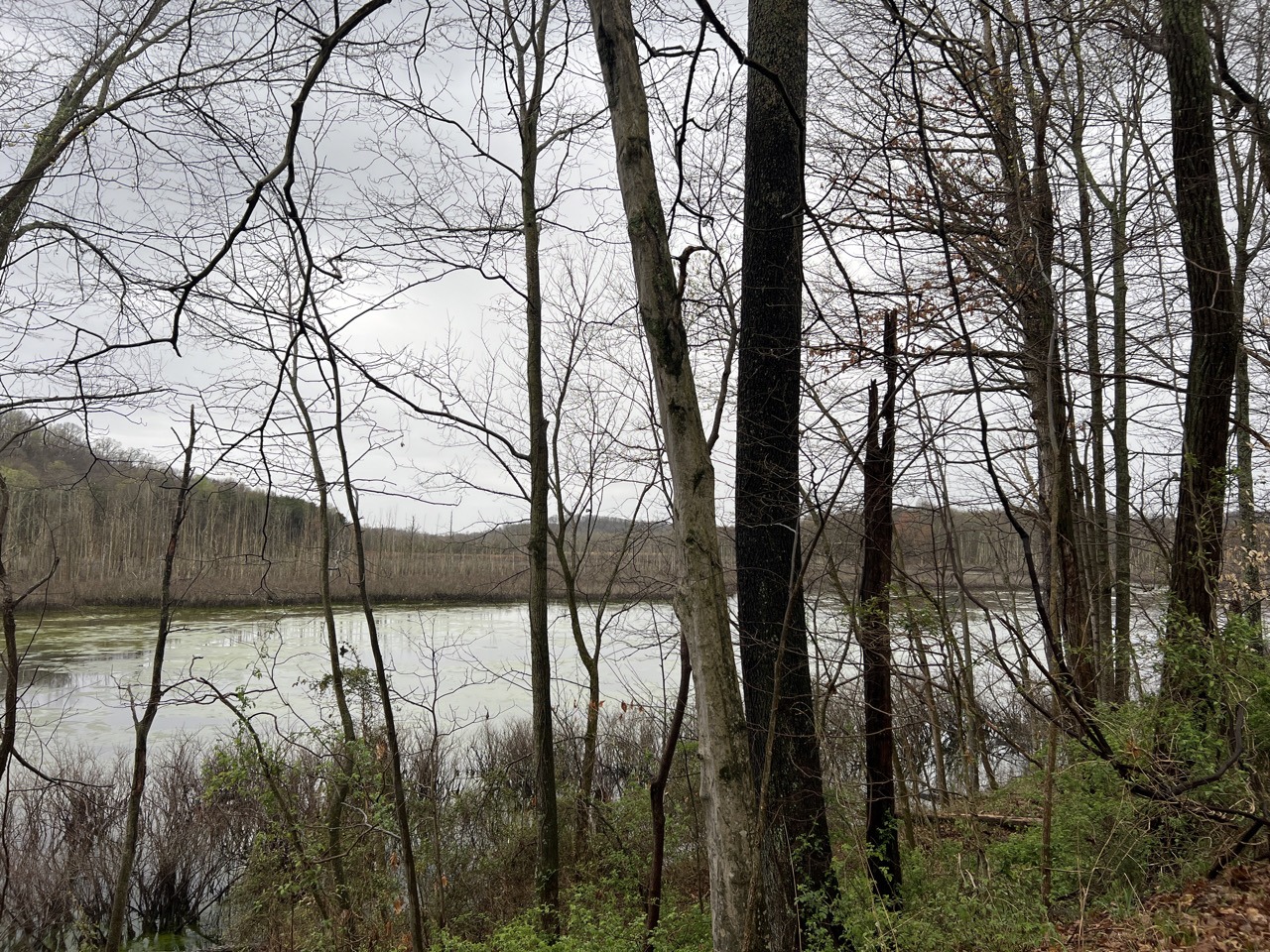
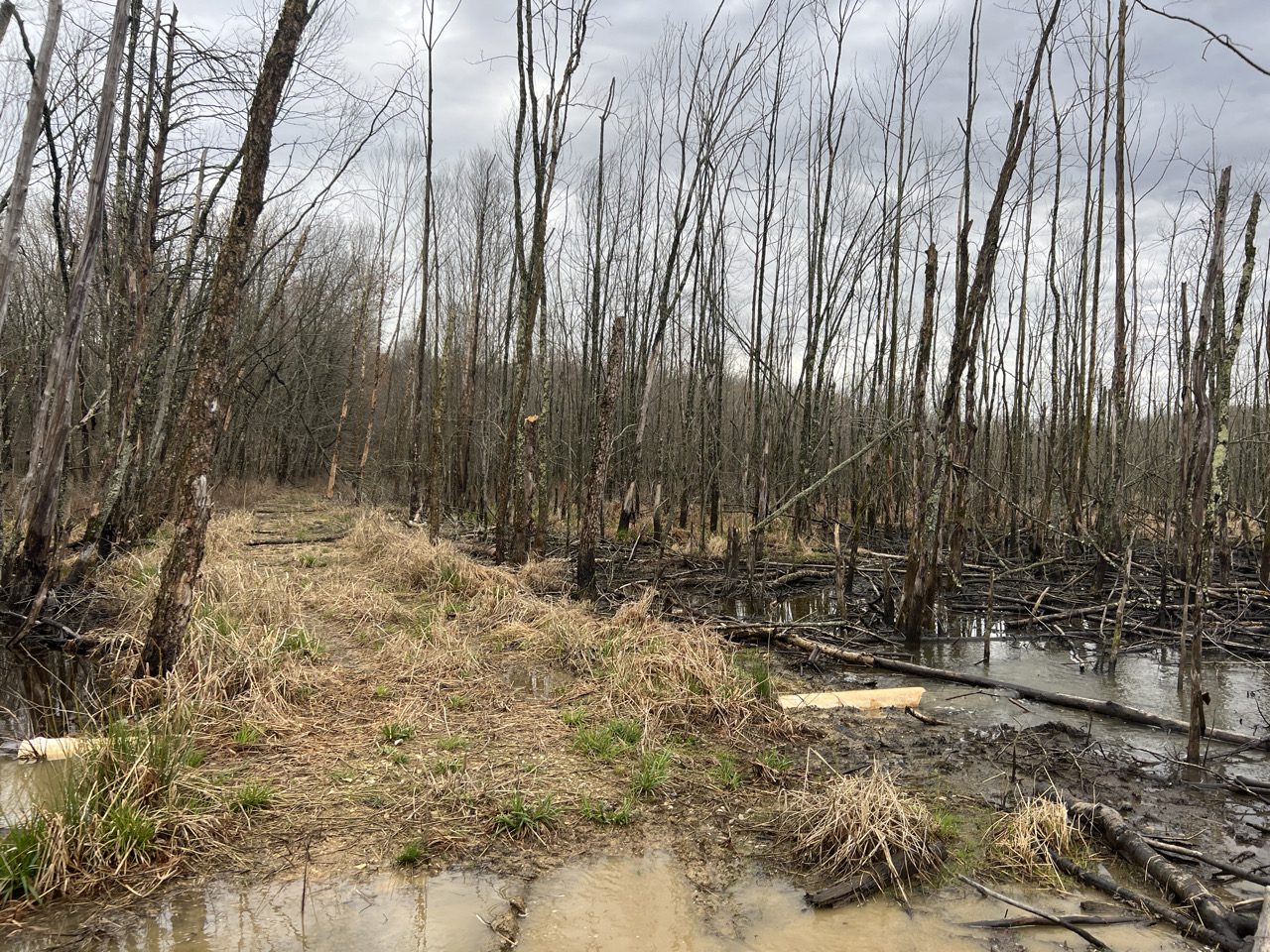

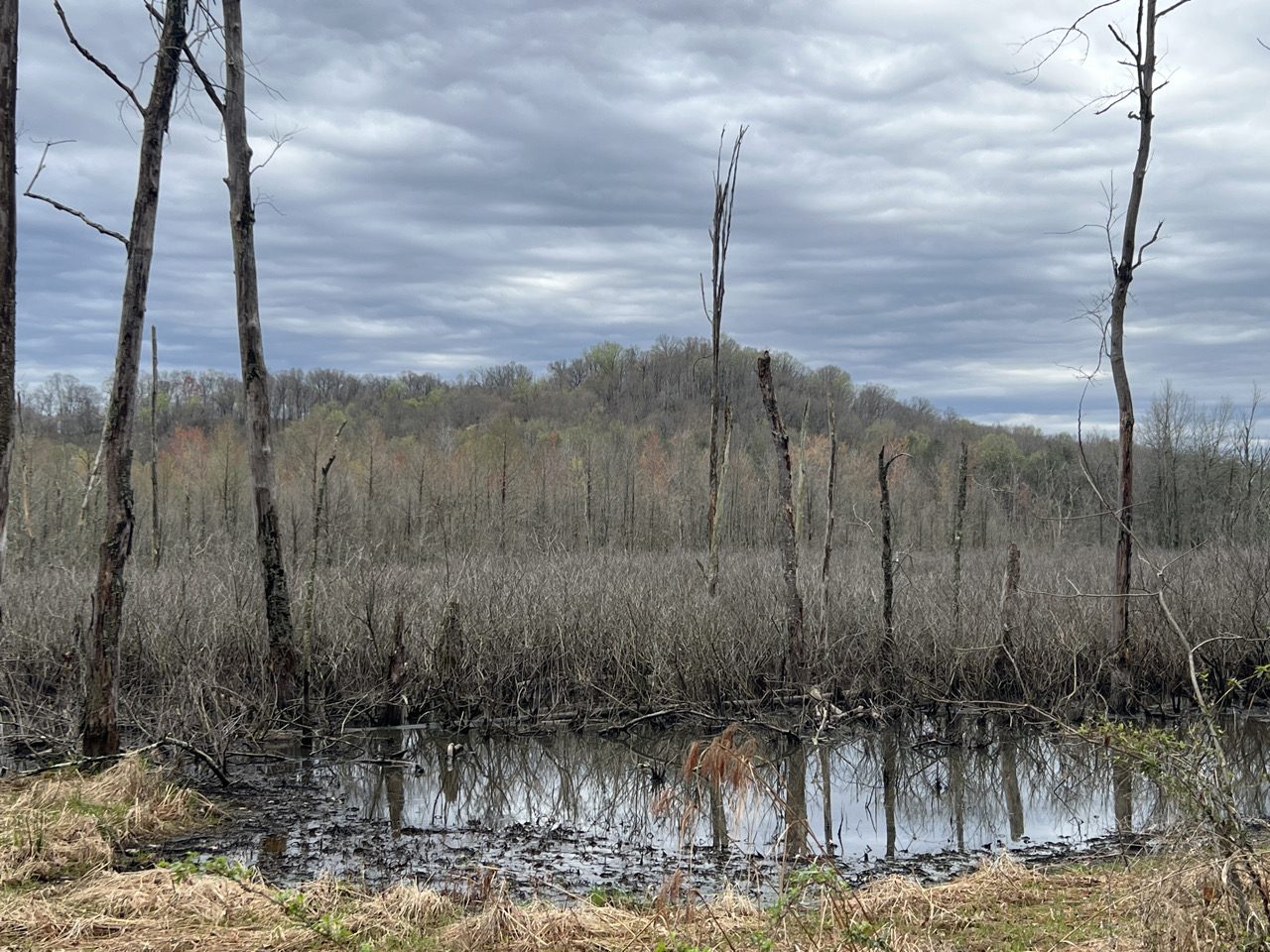
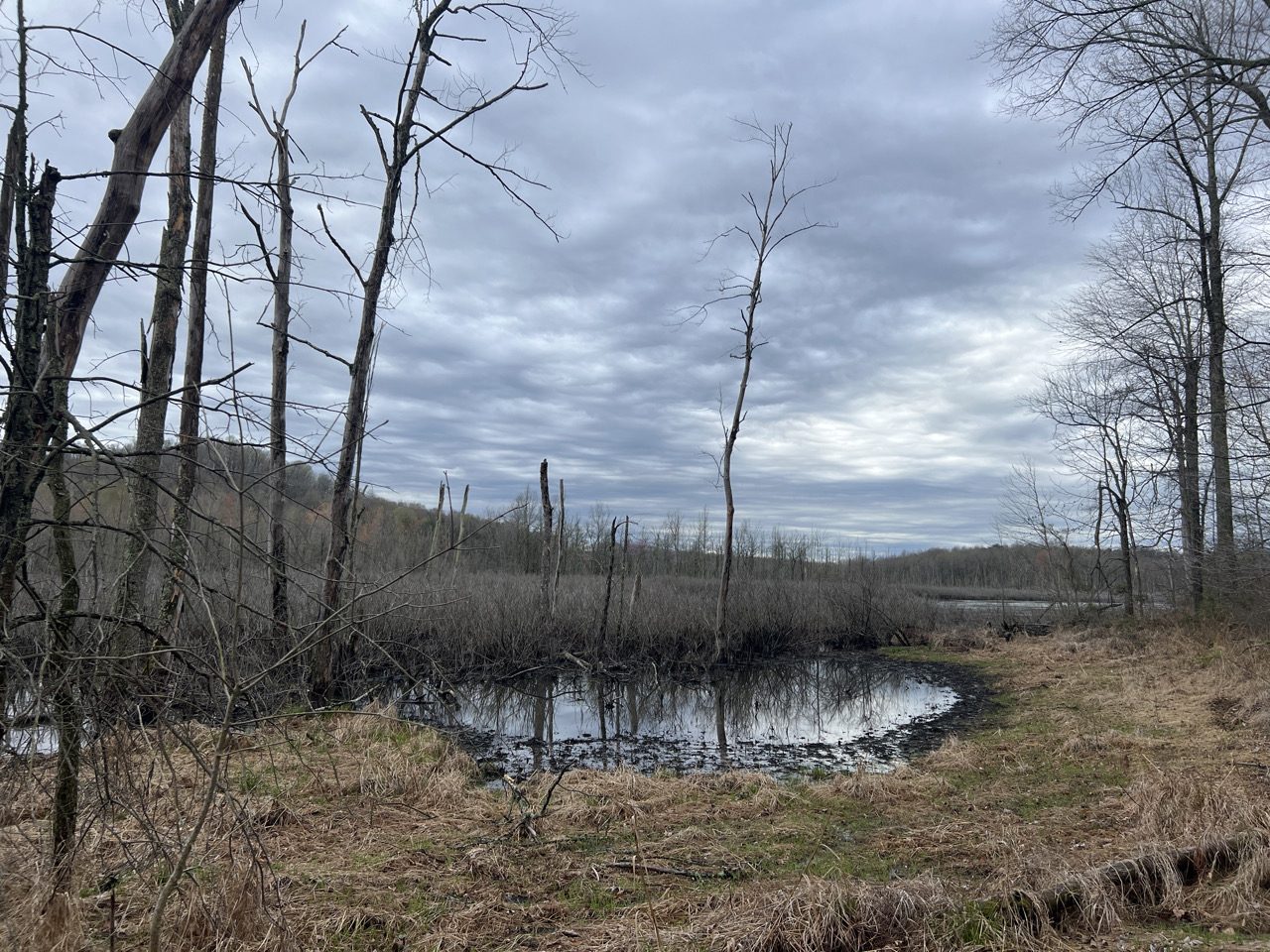
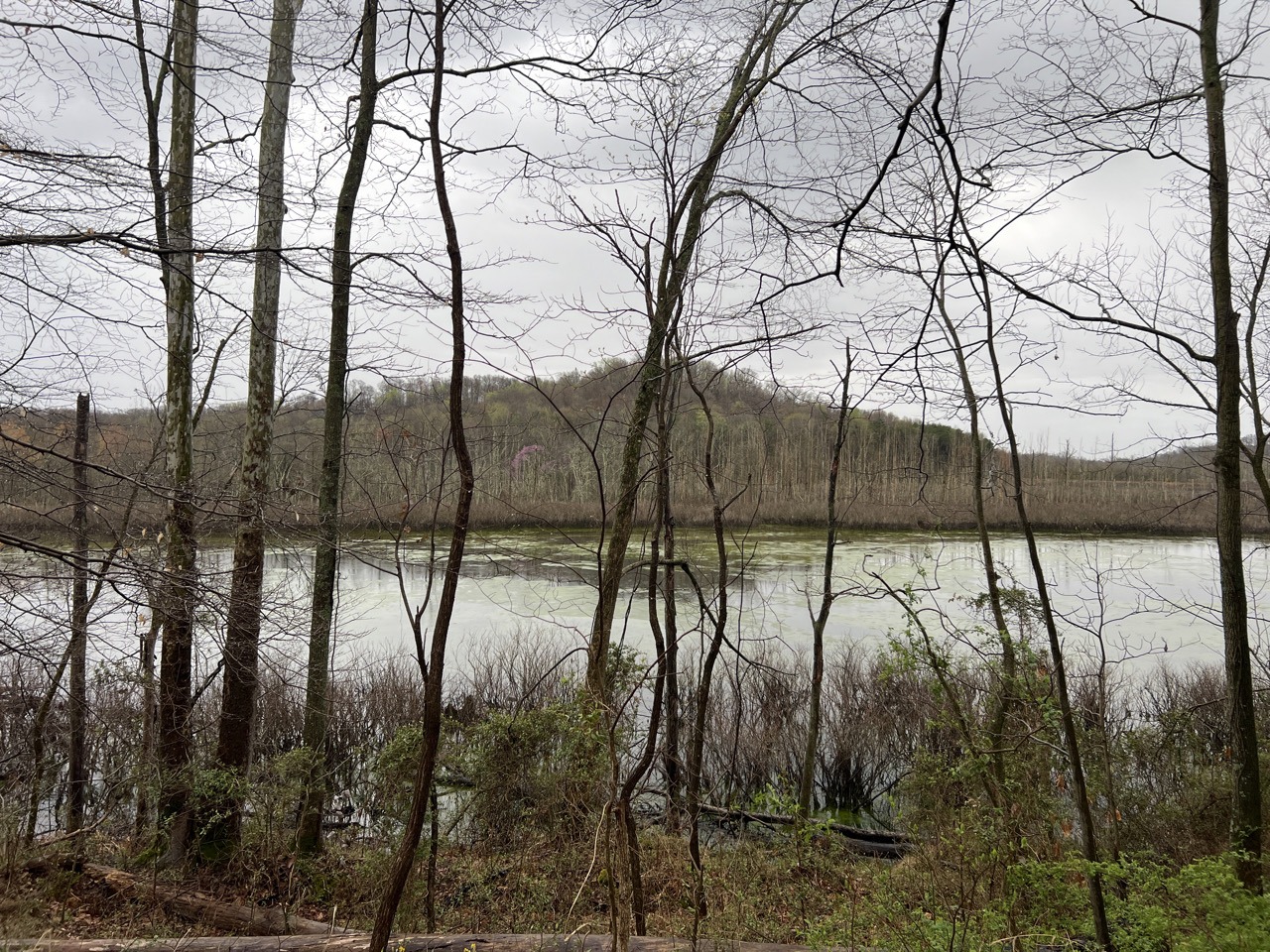
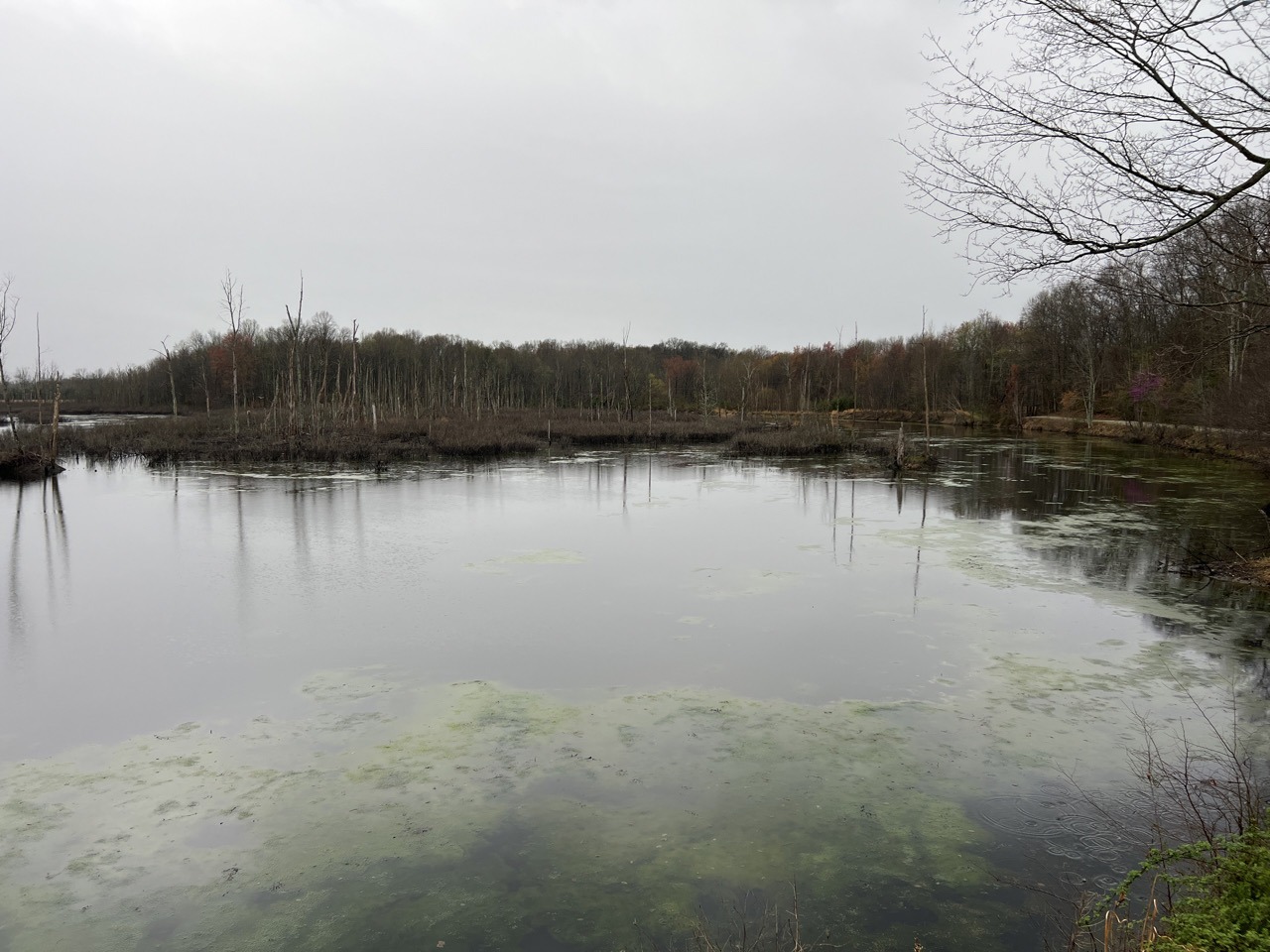
PROJECT SNAPSHOT
Project Type
Conservation BankLocation
Indiana | Warren and Benton CountiesProject Size
- Habitat: 271.7 AC
Solution
Species Habitat MitigationSpecies
- Indiana bat
- Northern long-eared bat
Ask About Credits
With 146 turbines in Warren and Benton Counties, Indiana, the Jordan Creek Wind Project generates approximately 400 megawatts (MW) of clean, renewable energy. This predominantly agricultural landscape, dotted with creeks and forested drainages, falls within the known range of the endangered Indiana bat (IBAT) and the threatened northern long-eared bat (NLEB).
To comply with U.S. Fish and Wildlife Service (USFWS) requirements and obtain a 30-year Incidental Take Permit (ITP), RES and our affiliated mitigation sponsor, First Indiana Resource, were selected to implement a customized, habitat-focused mitigation strategy. RES protected and restored a total of 271.7 acres of high-value bat habitat across Martin and Greene Counties, Indiana, delivering:
- 375 IBAT conservation credits
- 126 NLEB conservation credits
Our mitigation work directly contributes to the conservation goals of the USFWS Indiana Field Office, with a Priority I hibernaculum identified as a top conservation priority. These properties are strategically located:
- Martin County: Within designated summer habitat buffers for NLEB
- Greene County: Less than one mile from a Priority I hibernaculum critical to the long-term survival of IBAT
Partnering with NextEra Energy Resources LLC, we delivered a long-term, science-driven habitat solution that supports renewable energy development while protecting federally listed bat species in Indiana. This project underscores RES’s unique ability to merge ecological restoration with infrastructure needs, proving that well-planned mitigation supports both biodiversity and development. Through long-term stewardship, we ensure that every acre protected continues to generate ecological value for generations.
